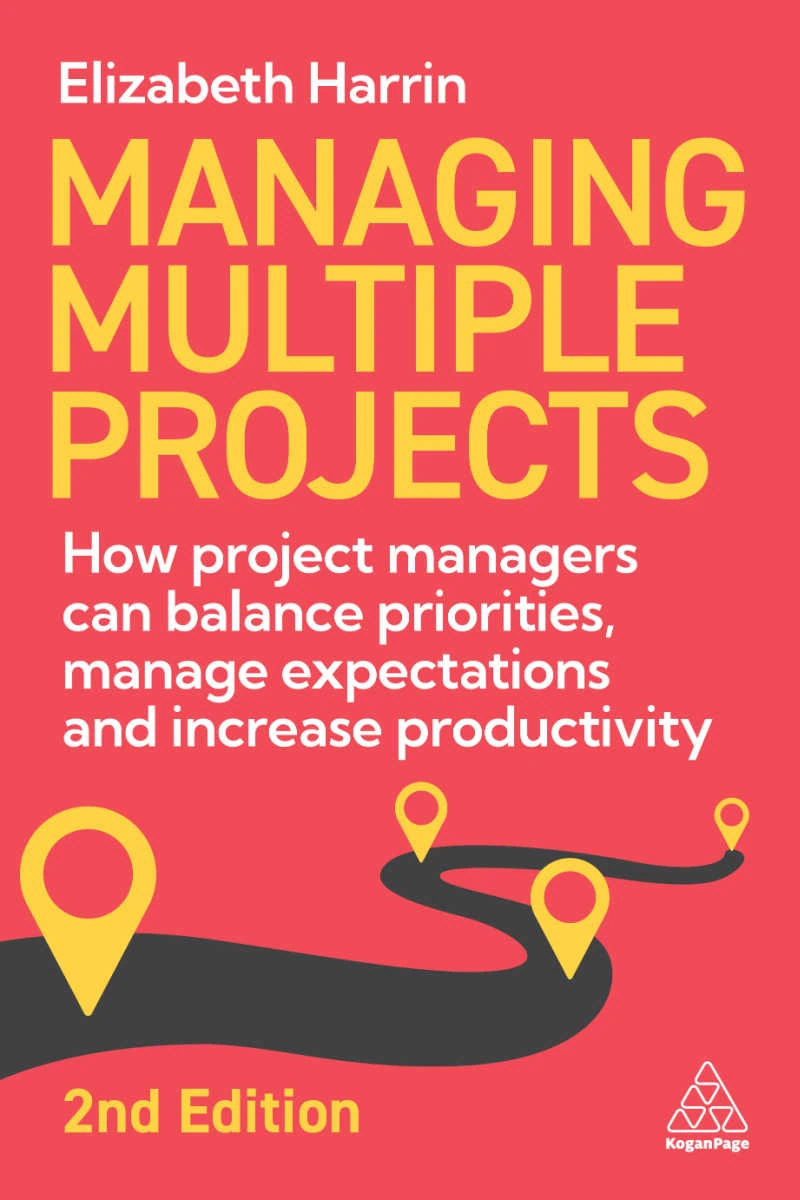Process-Driven Project Management: Minimizing the inherent risks within projects
This is a guest post by Neil Stolovitsky, Senior Solution Specialist at Genius.
Although the fundamentals of project management are applicable across all types of project environments, the areas of emphasis can vary depending on the nature of the project you are running. Working for a PPM software vendor (Genius Inside) has its advantages in that I get exposed to many different kinds of project-centric organizations. You would be amazed at the range of maturity of project management practices and diversity of projects types that make up the DNA of the many organizations seeking to better manage their projects.
Moreover, every organization experiences different levels of pain in their project management practice. For some it may be planning or collaboration that are their main areas of concern, while others are seeking to improve their visibility with portfolios or resourcing. After conversing with enough organizations, patterns begin to emerge that reveal some interesting best practices that can be shared across the project management world.
Risk management: learning from new product development
One of the more interesting patterns of usage of a project management practice is the functional area of risk management. Although all projects inherently have risk, the seriousness in which each organization manages risk will vary greatly. Nonetheless, risk plays a significant role in the final outcome of most projects. The project management world can learn a tremendous amount from organizations running New Product Development (NPD) projects. With a gated process at the core of NPD projects, project managers from all walks of life can incorporate some very useful NPD strategies to mitigate risk as well as to get a better handle on the direction that their projects are heading in.
So, what makes NPD organizations different in their approach to managing projects? With multiple value chains to consider and the significant financial impact of these high value projects, NPD projects are exposed to higher risks. Consequently, in order to reduce risk, these organizations need to be able to effectively monitor all business processes among all groups that directly and indirectly touch the product development projects that they serve.
3 strategies you can borrow from NPD
Here are some high level strategies used by NPD teams that you may want to consider in your own projects:
- Project Governance – the nature of NPD organizations tends to focus more heavily on the development of standard documentation, policies and procedures surrounding their projects. This agreed upon formal process will facilitate better visibility into projects and portfolios.
- Business Process Management – NPD organizations need to ensure that their implementation of project workflows include the relevant stakeholders for the appropriate approval and review processes responsible for a project’s success. Integrating a new product development phase-review methodology as part of your standard practice will provide your project leadership with the necessary visibility to identify bottlenecks and issues before they hurt your project. To fully maximize the value of your projects, if necessary, make sure that multiple workflows are mapped to the multiple value chains that contribute to a projects outcome.
- Project Collaboration – NPD organizations need to provide the means for dispersed teams and stakeholders to effectively contribute feedback and view information so that there is complete transparency and input throughout the lifecycle of the project. Collaboration includes automatic alerts of relevant information to project stakeholders, comprehensive reporting, and the sharing of information.
The goal should be to develop a project management strategy that is not solely focused on delivering project information to project managers and team members, but to establish a process-driven strategy that will control the flow of project information.
The benefit of embracing an NPD process-driven PM strategy is that it allows for a more formalized approach to tracking project activities so that the challenges and issues creating risk in your projects will be managed more effectively. After all, great project managers understand that their ability to better manage and reduce risk will improve the likelihood of a positive result for their projects.
About the author: Neil Stolovitsky has over 12 years of IT experience with end-user, consulting, and vendor organizations, along with extensive expertise in business development,


